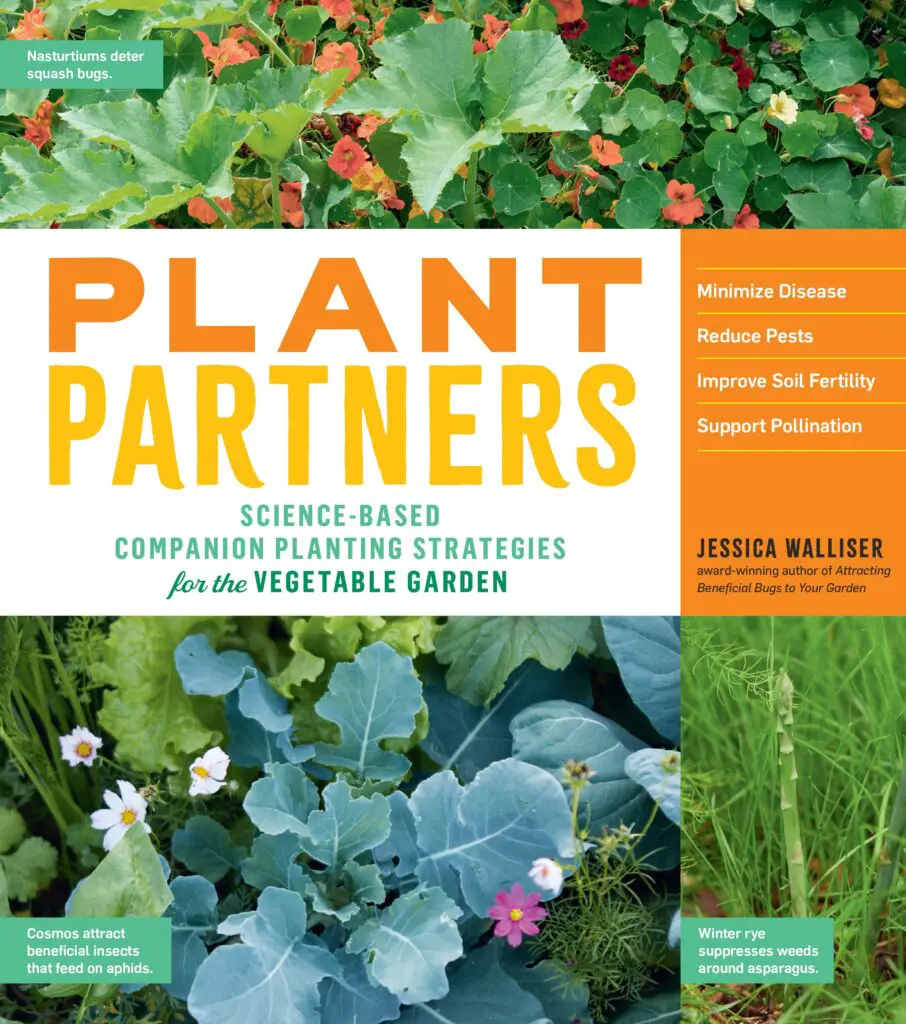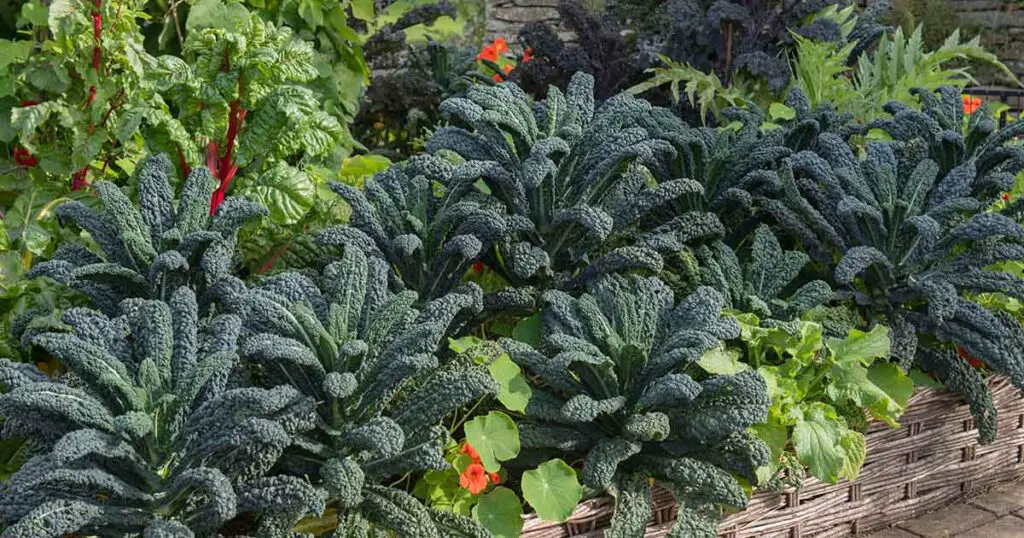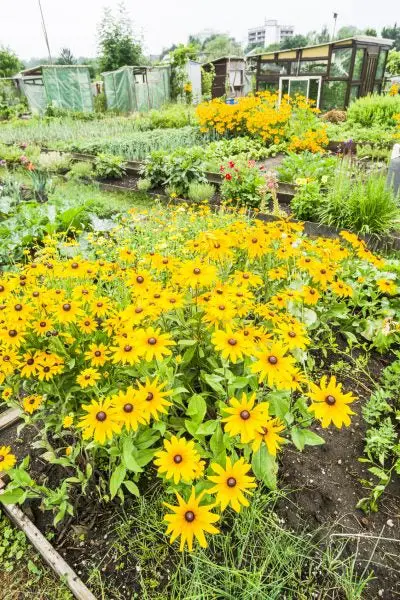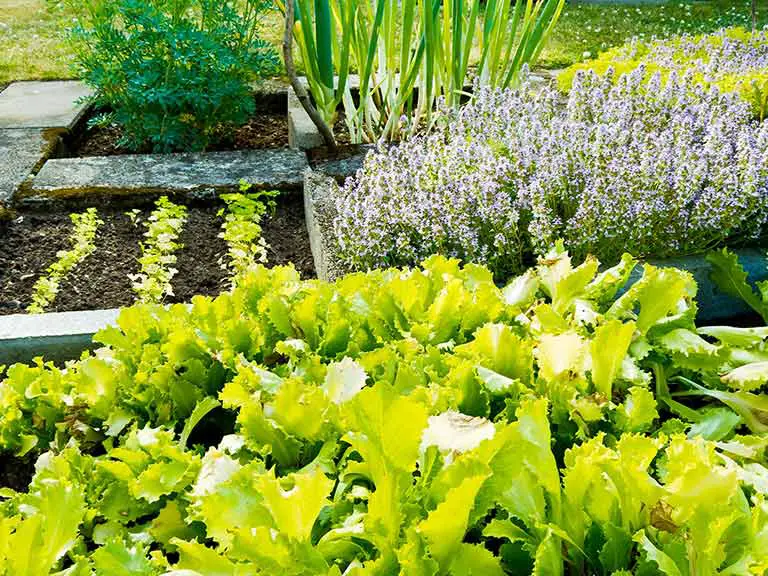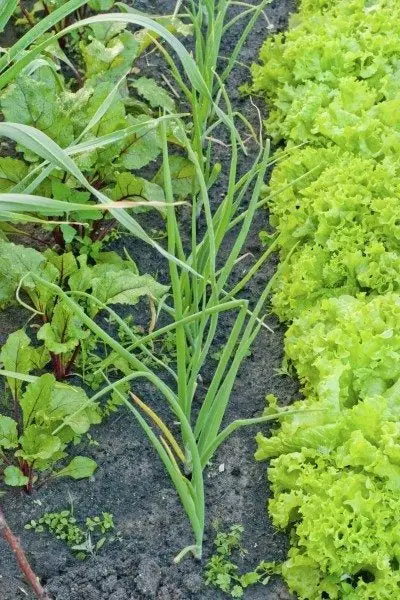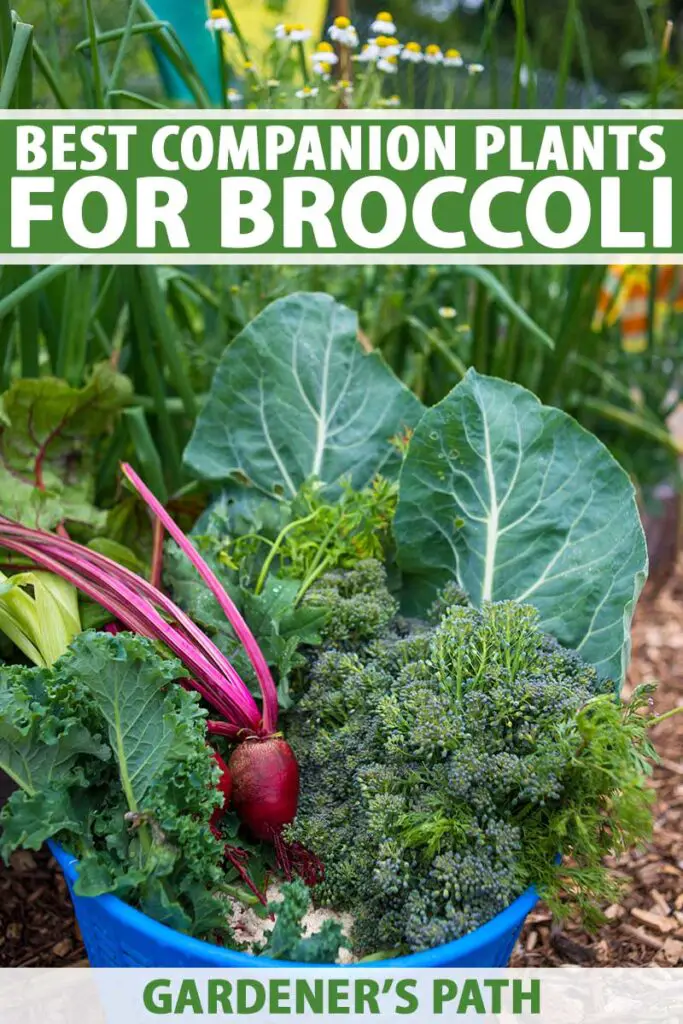Companion Planting Vegetables in the Philippines
Companion planting vegetables in the Philippines is a great way to maximize garden space, improve yields, and reduce pest problems. It involves planting two or more different vegetable species together so that they benefit each other. For example, tomatoes planted with basil will deter aphids while okra planted near corn deters corn earworms. Other examples ...
